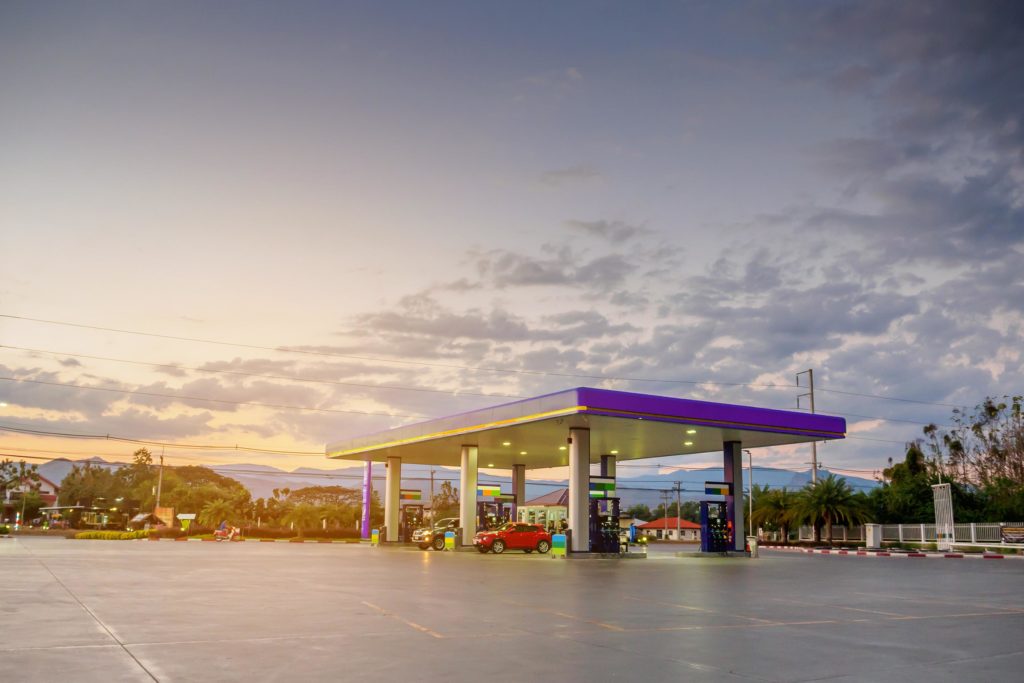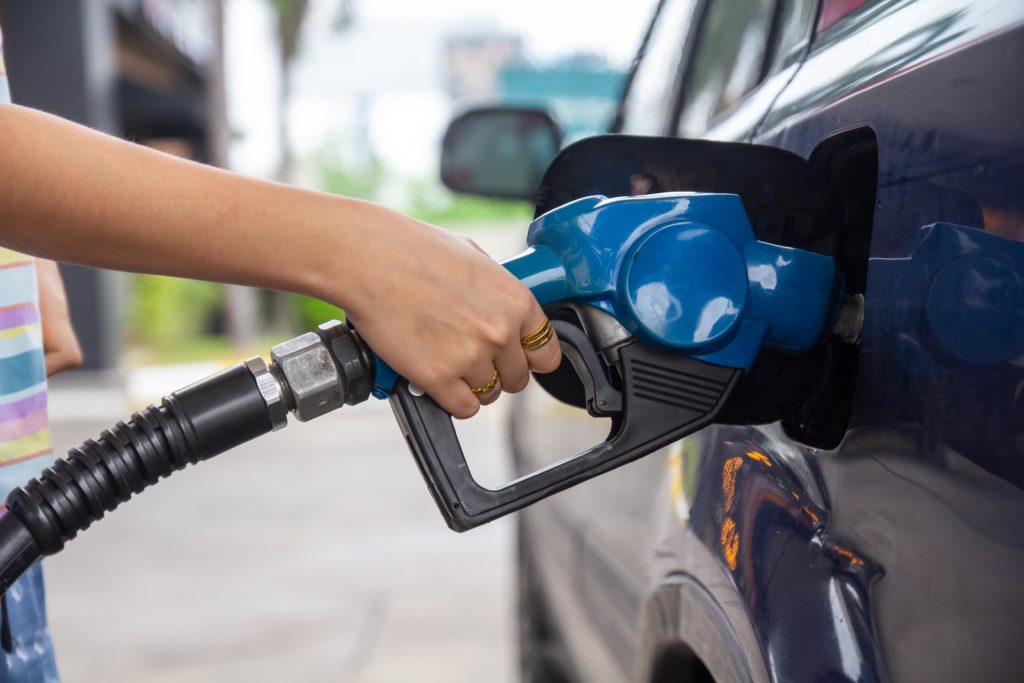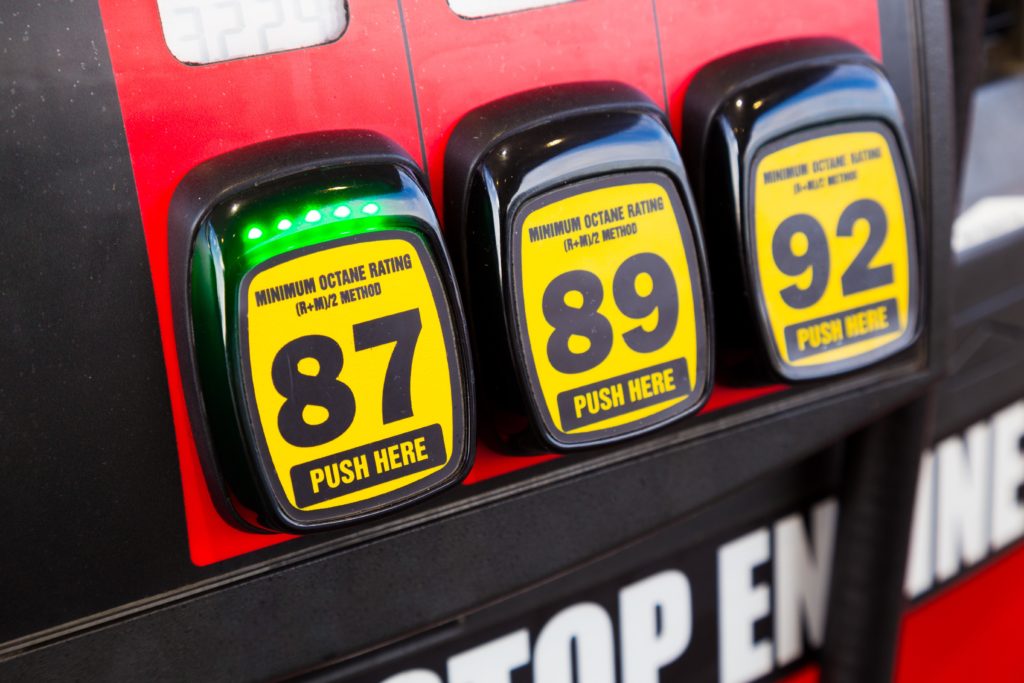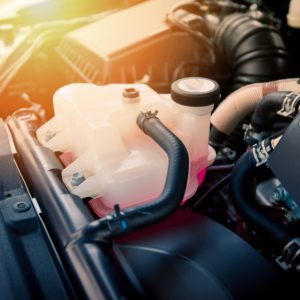Whenever you visit the gas station, you’re confronted with the choice of either regular, midgrade, or premium fuel. While you’re trying to make your decision, you might wonder: Can you put premium gas in a car that requires regular? And will using a higher-grade fuel provide any benefits?
We’re going to answer these two fuel-related questions and more. That way, you’ll know which type of fuel to select for your vehicle.

What is an Octane Rating?
Before we go any further, it’s important to discuss octane ratings and what they mean. Most gas stations offer three different octane ratings: regular (87), midgrade (89), and premium (91 or higher). The ratings are sometimes different in high-altitude locations. For example, regular fuel may have an octane rating of 85 at high elevations.
An octane rating refers to the fuel’s ability to resist spark knock (detonation). Detonation spark knock is a phenomenon in which part of the air/fuel mixture self-ignites inside of the engine. Left uncontrolled, the issue can cause catastrophic internal engine damage.
Higher octane fuels have a greater resistance to spark knock than lower octane fuels.

How is an Octane Rating Determined?
A fuel’s octane rating is derived from comparison tests. Trimethylpentane (isooctane)—an extremely knock-resistant compound with an octane rating of 100—serves as the basis of comparison.
There are two different testing methods: the research method (RON) and the motor method (MON). In the United States, octane ratings are derived from averaging the results of both methods.
Can I Put Premium Gas In My Car if it Requires Regular?
AAA estimates that drivers waste $2.1 billion annually by using premium gas when it isn’t required. During testing, the organization determined that premium fuel provides zero benefits when used in a vehicle designed for regular.
So, the question isn’t can you put 91 gas in any car, but, rather, why would you want to? If the vehicle manufacturer recommends regular or mid-grade fuel for your vehicle, using premium won’t increase horsepower or fuel economy, nor will it provide a reduction in tailpipe emissions.

Is premium gas bad for a regular car that requires regular fuel, then? For the most part, the answer is no, the practice is just bad for your wallet. But there are some instances where using premium fuel in a car designed for regular grade can cause driveability problems.
The issue stems from the fact that premium fuel has a higher driveability index (DI) than lower-grade fuels. DI is a measure of a fuel’s performance across a range of operating conditions, including cold starts.
Because premium fuel has a higher DI, which means it performs worse in cold weather, using premium in a car designed for a lower grade can potentially cause cold-weather driveability problems.

Can I Put 87 Octane Gas in My Car if it Requires 91?
On modern vehicles, a computer, which is often referred to as the powertrain control module (PCM), monitors one or more knock sensors to detect spark knock. If the PCM detects a knock condition, it will retard ignition timing until the knock diminishes.
If you use a lower octane fuel than the vehicle manufacturer specifies, the PCM will usually compensate for the discrepancy—but not always. So, to avoid potentially damaging your car, you should always use the fuel that’s recommended in the owner’s manual.
Using premium-grade fuel in a car that requires premium will also help ensure peak engine performance.

What Octane Fuel Should You Use In Your Car?
You should always use whatever fuel the vehicle manufacturer recommends for your car.
Consult your owner’s manual to determine the specified fuel for your application.
Using the correct fuel will provide the peace of mind that you’re doing the right thing for your car—and your wallet.
Any information provided on this Website is for informational purposes only and is not intended to replace consultation with a professional mechanic. The accuracy and timeliness of the information may change from the time of publication.





























